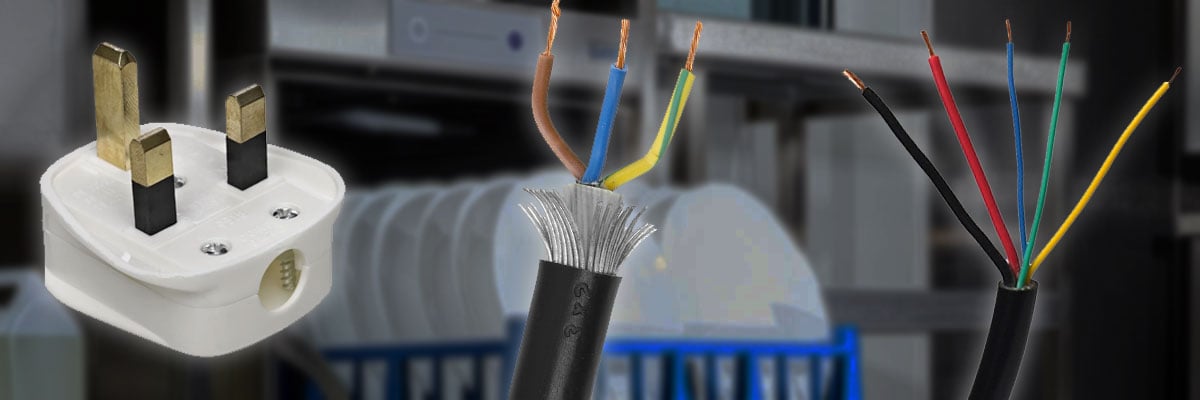
Introduction
In the bustling world of commercial kitchens, efficiency is paramount. From small cafes to large restaurants, the right equipment can make or break daily operations. One such essential piece of equipment is the commercial dishwasher. However, when it comes to selecting the appropriate power option for a commercial dishwasher, it's crucial to consider various factors to ensure seamless functionality and optimal performance. In this article, we'll delve into the three primary power options available for commercial dishwashers: 13-amp plug, 1-phase power, and 3-phase power, guiding you through the decision-making process.
13-Amp Plug:
Commercial dishwashers operating with a 13-amp plug typically utilise a standard three-pin plug similar to what you might find on household appliances like refrigerators or washing machines. This plug fits into a standard electrical socket commonly found in homes and businesses. It's recognisable by its three rectangular prongs arranged in a specific configuration, often with a protective plastic cover surrounding the base of the plug. These dishwashers are easy to install and require no specialised wiring, making them a convenient option for smaller establishments or where access to higher power configurations is limited.
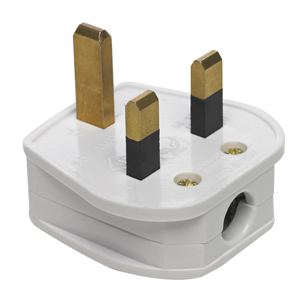
1-Phase Power:
Dishwashers requiring 1-phase power typically use a specialised electrical socket that differs from standard household outlets. This socket often features a larger, round configuration with three or four prongs arranged in a specific pattern. It requires a dedicated electrical circuit with a higher voltage capacity than a standard plug, which may necessitate professional installation by an electrician. While the appearance of the socket may vary depending on regional electrical standards, it's designed to accommodate the increased power output required for larger commercial appliances.
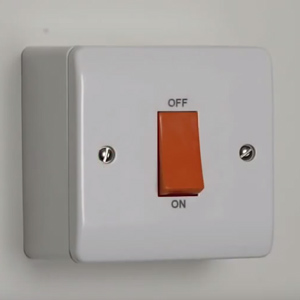
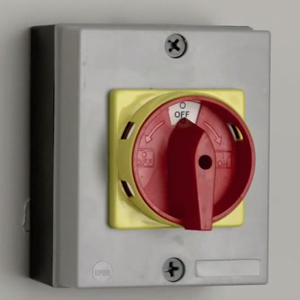

3-Phase Power:
Commercial dishwashers operating on 3-phase power utilise a distinct electrical system with three alternating currents, requiring a specialised power socket to match. These sockets are larger and more robust than those used for 1-phase or standard household power, often featuring a configuration with five round prongs arranged in a circular pattern. They're designed to handle the substantial power requirements of industrial-grade appliances like commercial dishwashers, ensuring reliable performance under continuous, heavy-duty operation. Installation of a 3-phase power socket typically involves professional electrical work and compliance with local building codes and regulations.
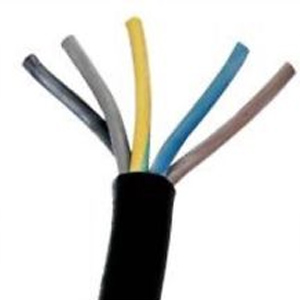
Conclusion:
Choosing the right power option for a commercial dishwasher is a critical decision that directly impacts the efficiency, productivity, and operational costs of a commercial kitchen. Whether opting for the simplicity of a 13-amp plug, the balanced performance of 1-phase power, or the unmatched capabilities of 3-phase power, careful consideration of operational requirements, infrastructure, and budgetary constraints is essential. By selecting the most suitable power configuration, businesses can optimise dishwashing operations, streamline workflow, and uphold the highest standards of cleanliness and hygiene in food service environments.







